My favourite way to spend the day is in front of my Salish loom, wool weaving. I love the process of making something and seeing how beautiful it turns out.

My ancestral name is Yususult, and I have been weaving for sixteen years. Yususult is an old name with no direct translation. But an elder language person once told me it has to do with mountain goats and being a careful weaver.
Paula Gustafson, author of Salish Weaving, writes: “Salish weaving, like Haida sculpture, Hopi pottery, Anasazi architecture, Pomo basketry and Pueblo and Navajo sand painting, is one of the great aboriginal arts of North America.
For at least twelve centuries the Salish people of the Pacific Northwest coast have spun mountain goat hair and other fibers, and produced weavings which exhibit great technical skill, a sophisticated sense of color and design, and an exciting vocabulary of emotional symbolism.”

By the end of the 19th century woven mountain goat blankets were slowly disappearing due to commercially made cloth blankets (think Hudson’s Bay blanket).
The demand for hand woven blankets began to decline and so did the weavers and their technology. People and families that had woven blankets or garments would lovingly store them away. Some woven items were sold and ended up in museums or private collections.
Over time I have learned that our ancestors harvested and processed many plant and animal materials such as mountain goat hair, sometimes supplemented with dog hair and geese or duck feathers and plant fibers such as fireweed fluff, cedar and nettle.
Today most weavers use commercial wool, but there are some who are doing the research and gathering traditional materials like mountain goat wool and using native plants to dye this wool. They are spinning these materials together and then dyeing them with native plant materials to create beautiful blankets and garments such as shawls, tunics and headbands.

Coast Salish wool weaving is seeing a renewal in our communities. In the 1980’s a group of Musqueam women started to learn from those who still had the knowledge of how to weave and they began to revive the art form.
In the Skwxwú7mesh (Squamish) community, Chief Janice George and Buddy Joseph started to teach wool weaving in the community in the early 2000’s. As a Skwxwú7mesh woman, I am fortunate to have learned how to become a wool weaver from them.
One of the teachings I received when I learned to weave is that I am always to be careful of how I am feeling and thinking while working on the weaving. I am to be conscious of being good in heart and mind while working on the pieces. I was taught that those thoughts and emotions go into the work.
And looking back this is true. I can recall times when I felt stressed or rushed, it would show in my work, I would make mistakes and I would go back to correct them.

A woven blanket is highly regarded and used in important ceremonies in the Salish communities, such as birth, puberty, naming, marriage, chieftainship, death and to esemkwu, to cover and honor a person by their family or community.
I am honored to be asked to create these pieces for individuals. I am grateful for Jan and Buddy for being generous in their teachings and for our ancestors and others who kept this artform going.
I am proud to be a weaver and it brings me joy to see more weavers in our community.

“For the weaver, it is an honor and privilege to have someone ask you to make regalia, they know you have the strength, good heart, and certain level of being on the right path to make “effective” regalia, including the technical skill to make it aesthetically beautiful as well as spiritually protective.” Janice George, Salish Blankets: Robes of Protection and Transformation, Symbols of Wealth, by Leslie H. Tepper
From November 7th - December 9th, 2022, two of my weavings will be part of an exhibit in Olympia, Washington. One is a shawl I wove with my daughter as a gift to my mother, and the other is the shawl I am wearing below.
The exhibit will take place at the Leonor R. Fuller Gallery in the Kenneth J. Minnaert Center for the Arts. Opening reception November 11th, 6-7:30 pm. I am thrilled and honoured!

Weaving is very meditative to me. I look at my life in four areas like the medicine wheel: physical, emotional, spiritual and mental/intellectual wellbeing, with self and the Creator being in the middle.
If you are out of balance in an area, you will know. Weaving helps me feel in balance, connecting to me to the land, to my ancestors, and myself.
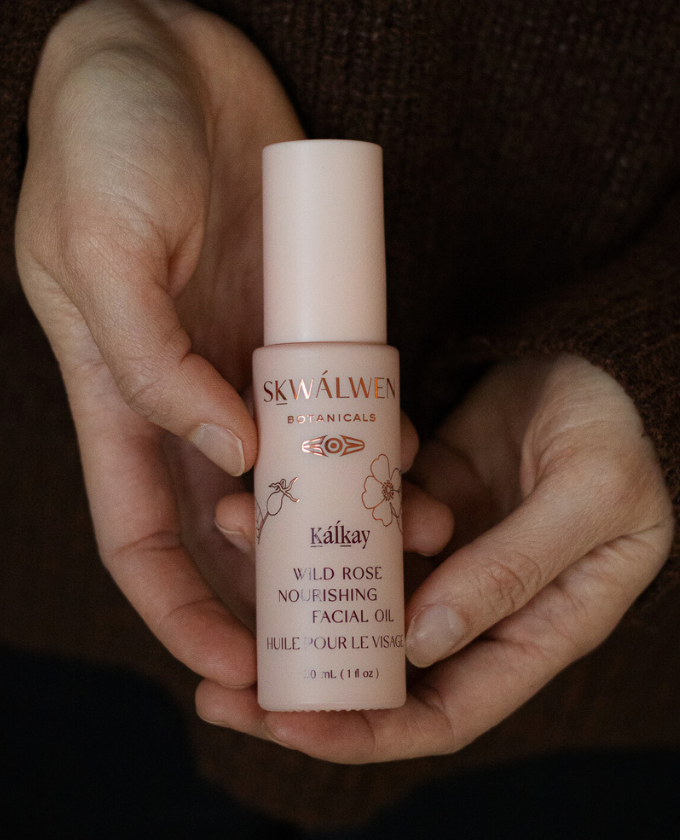

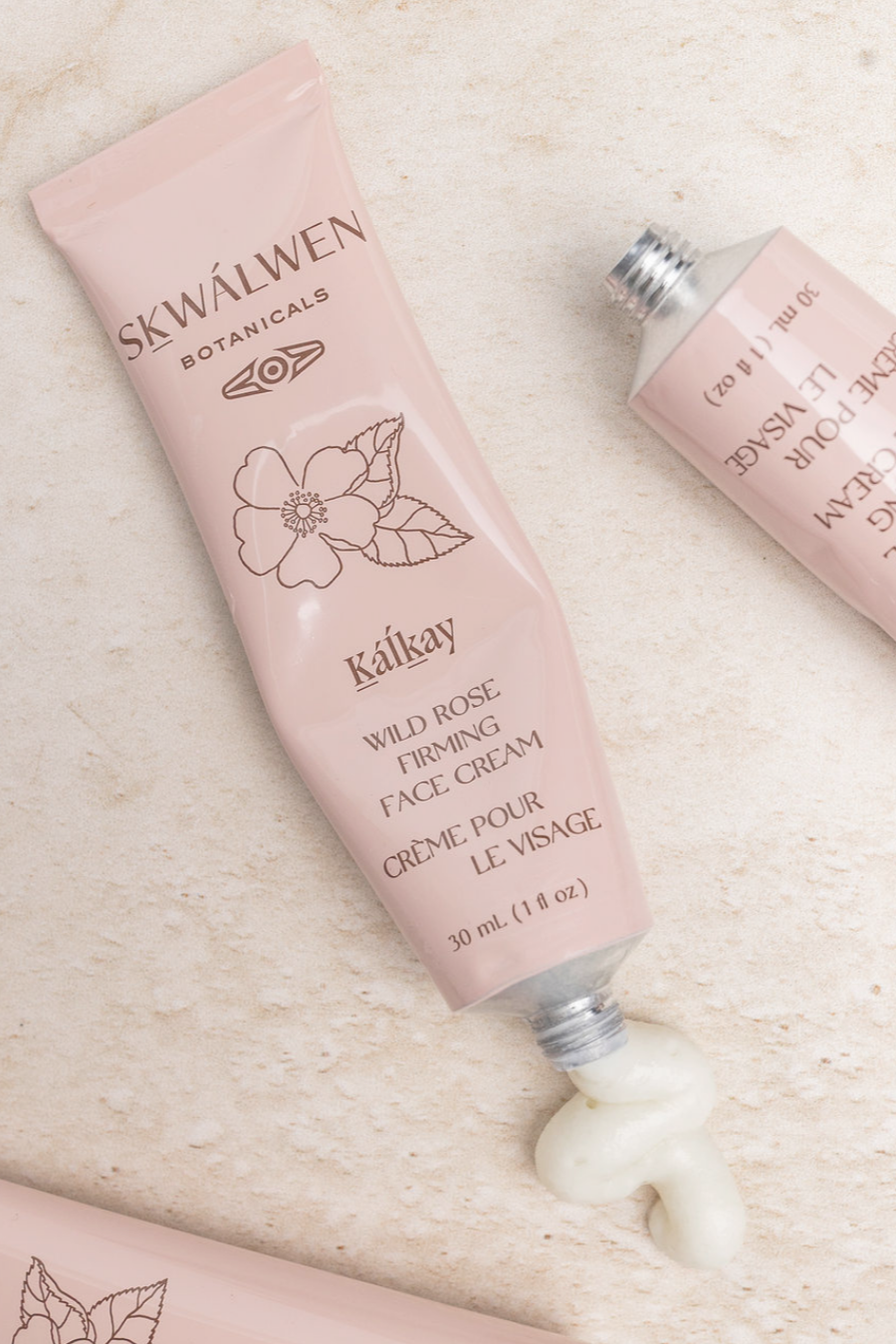
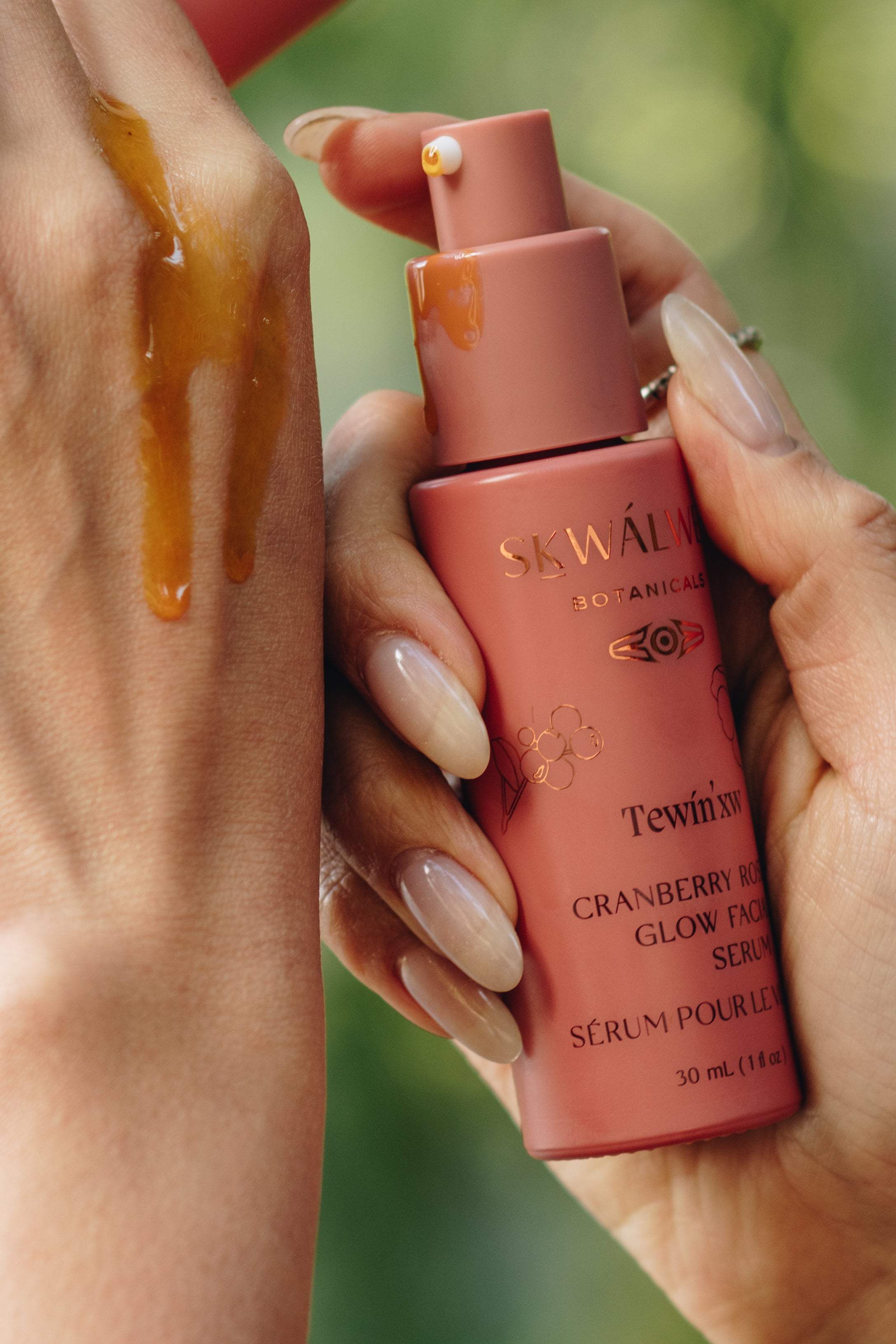
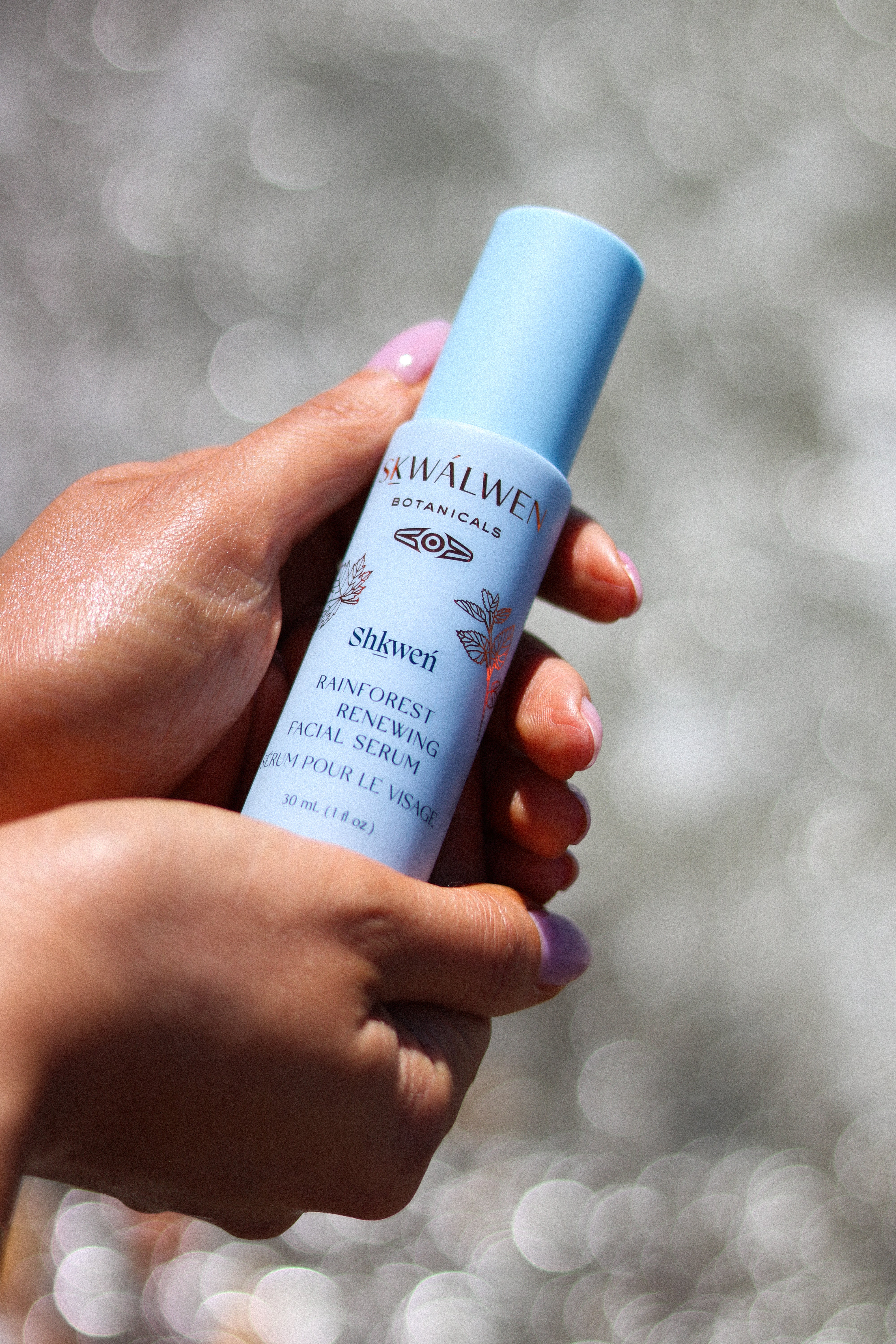
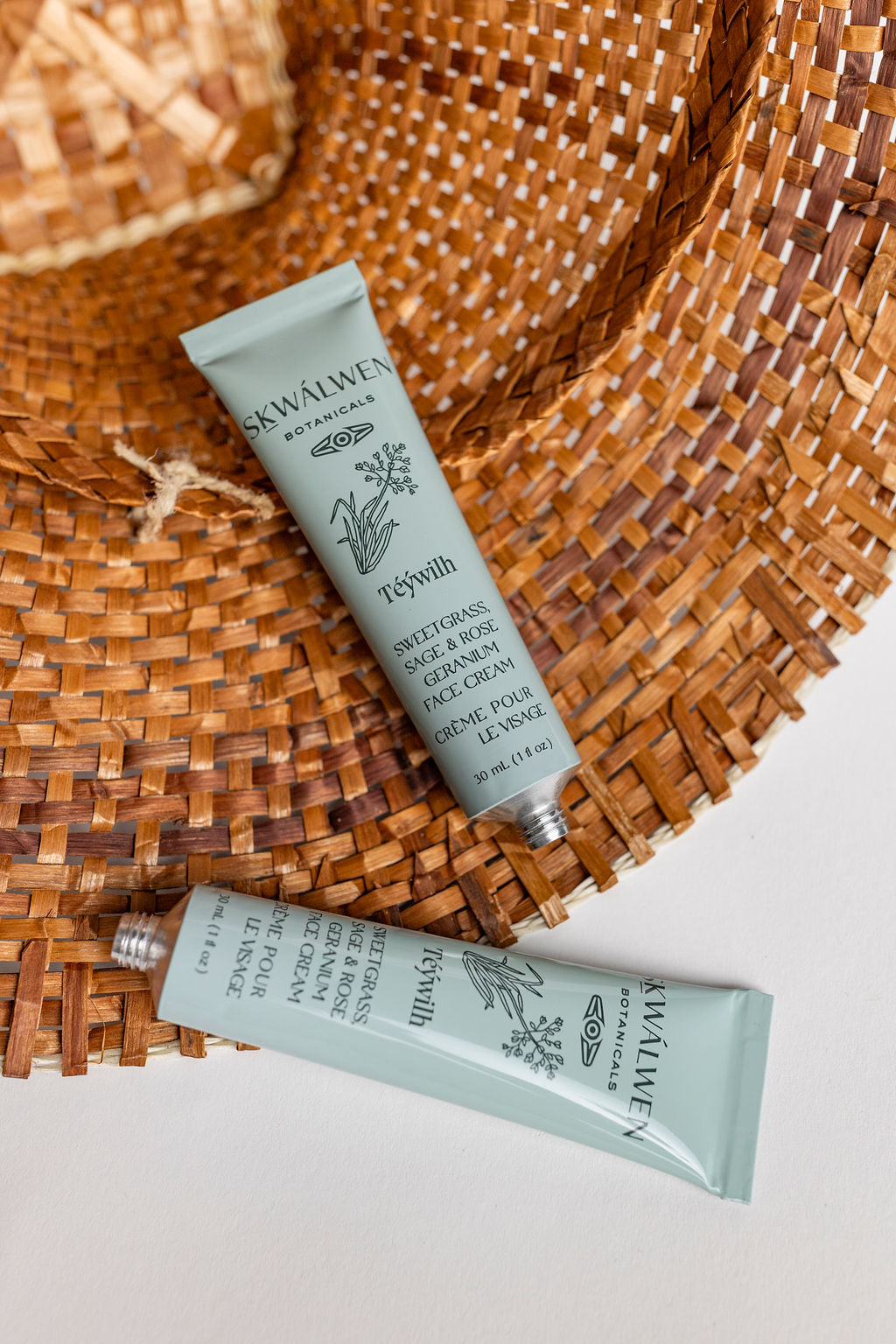
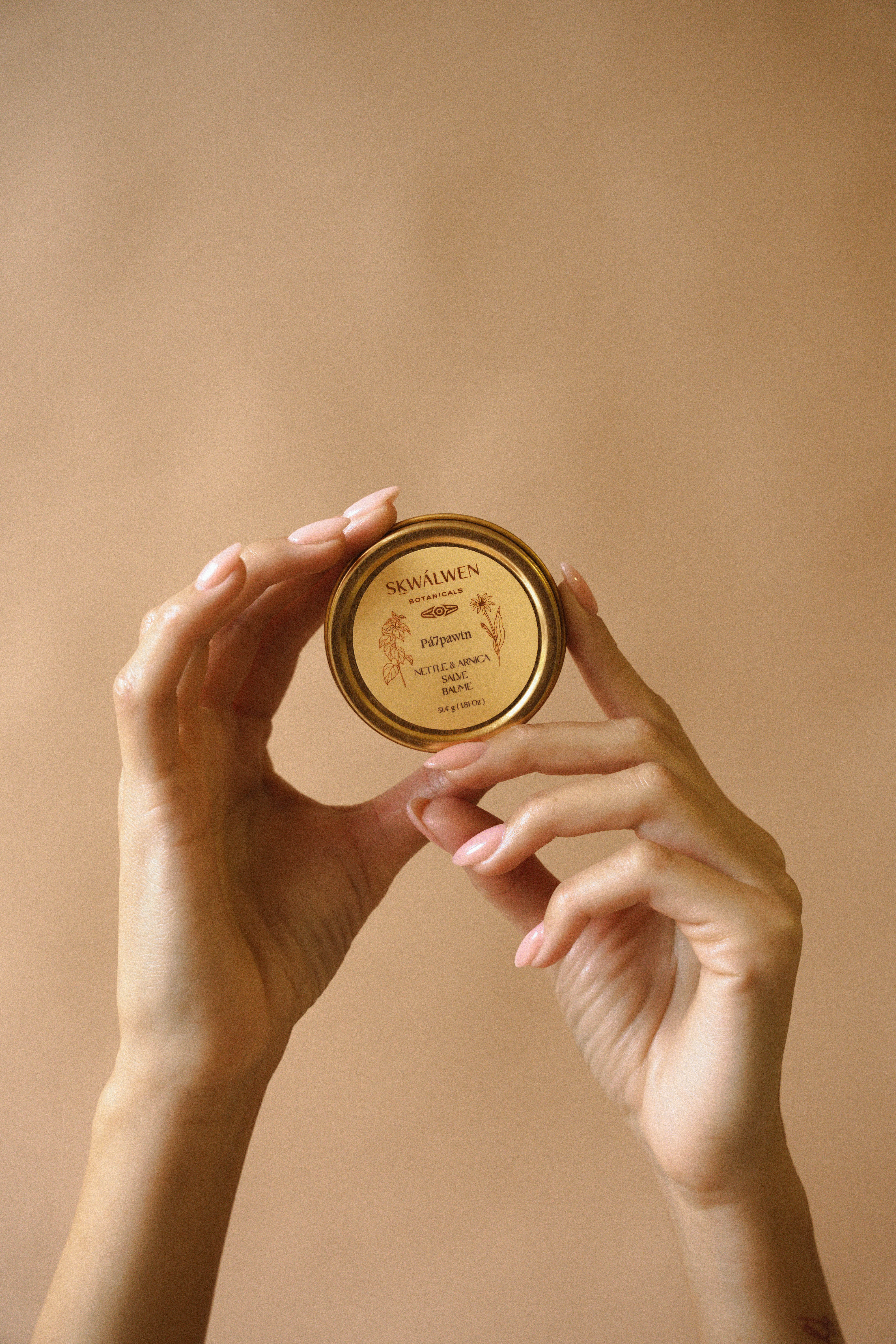
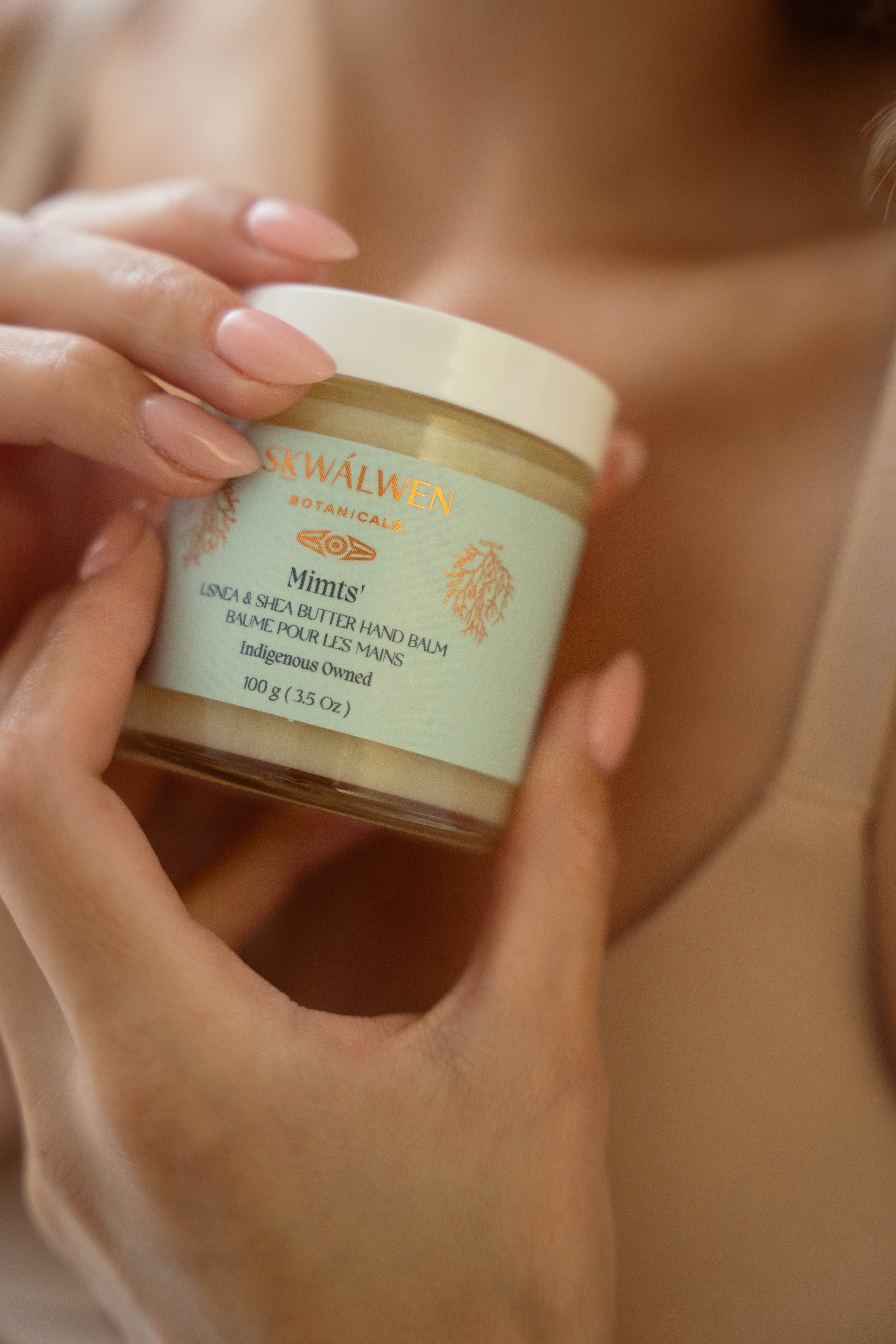
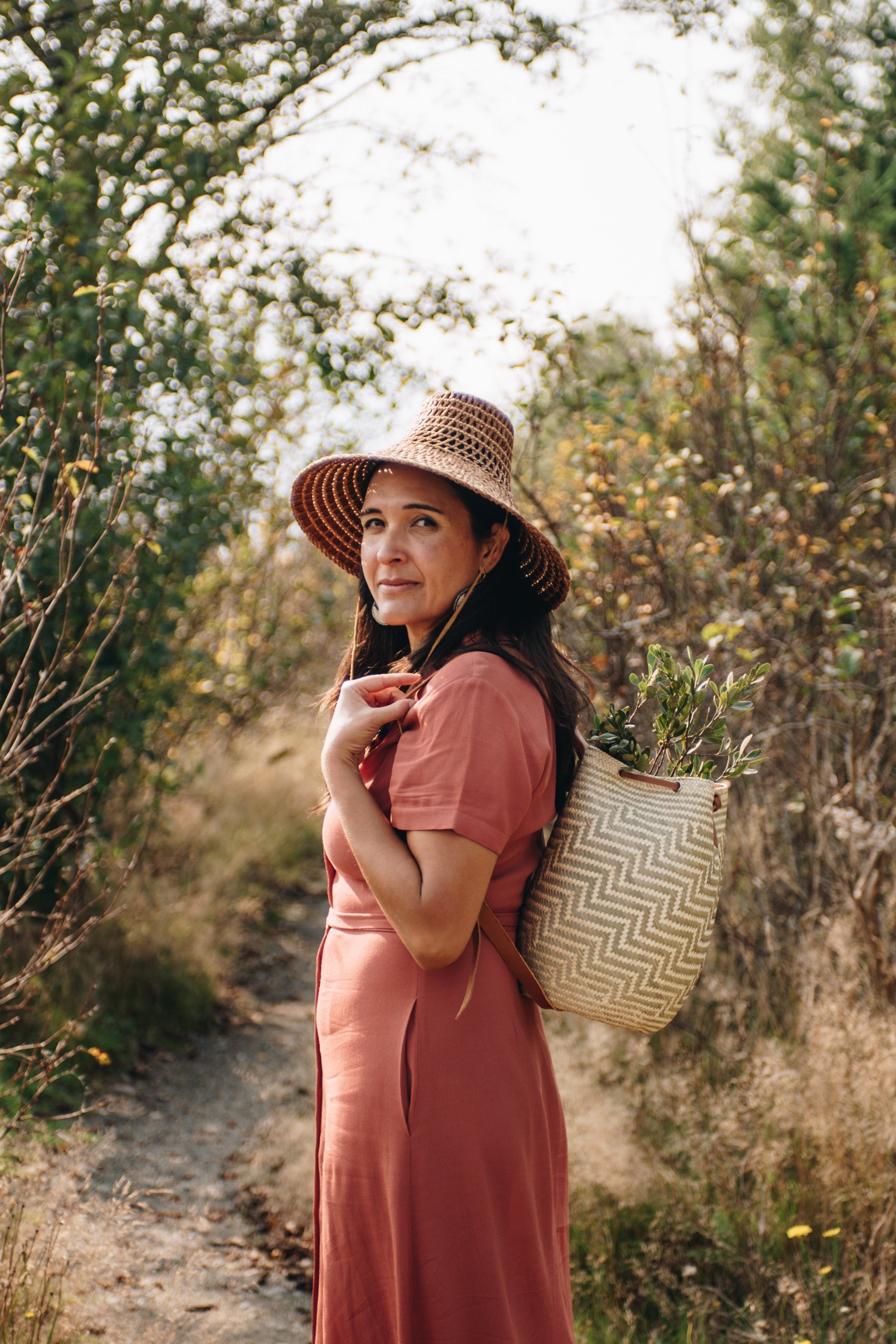
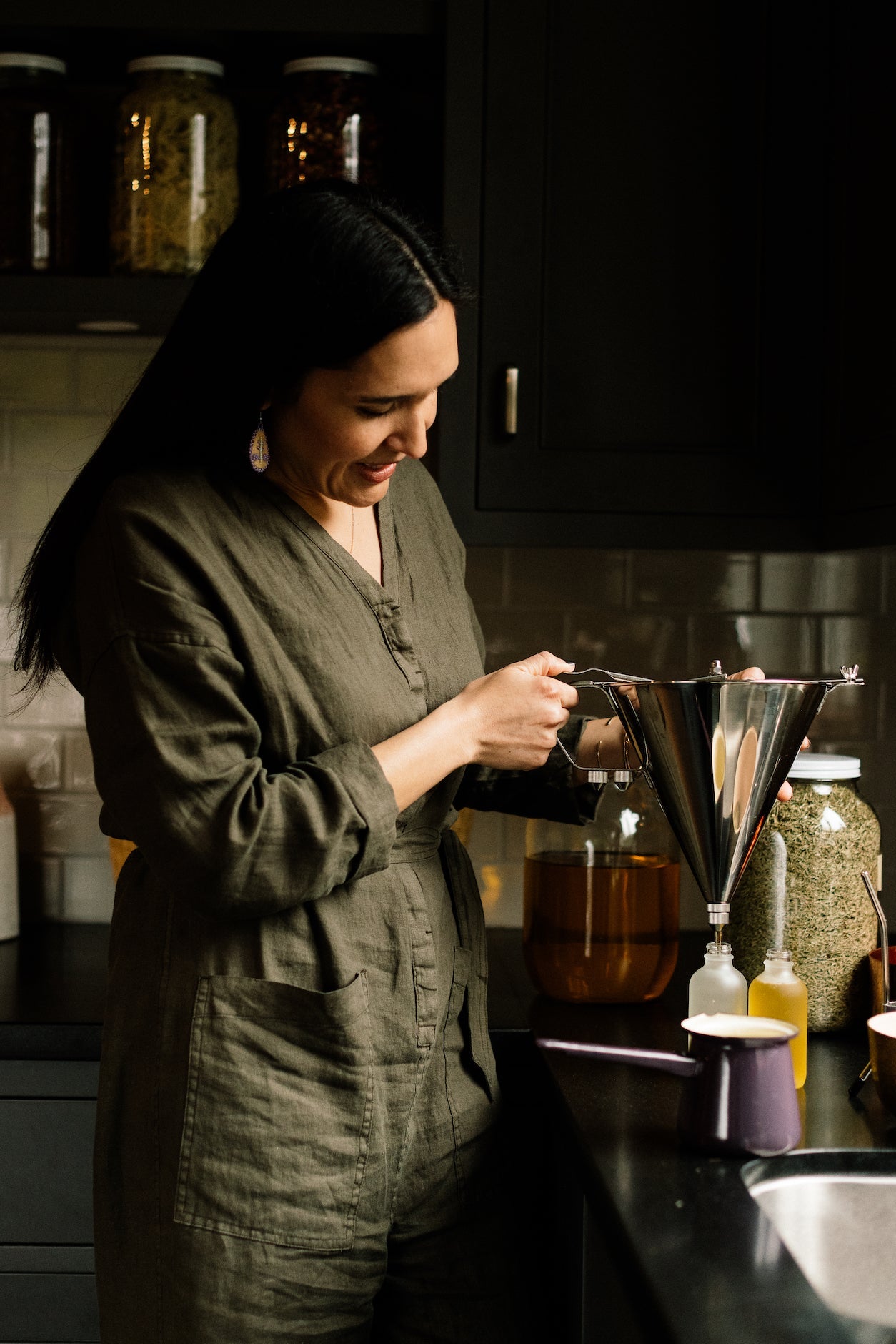
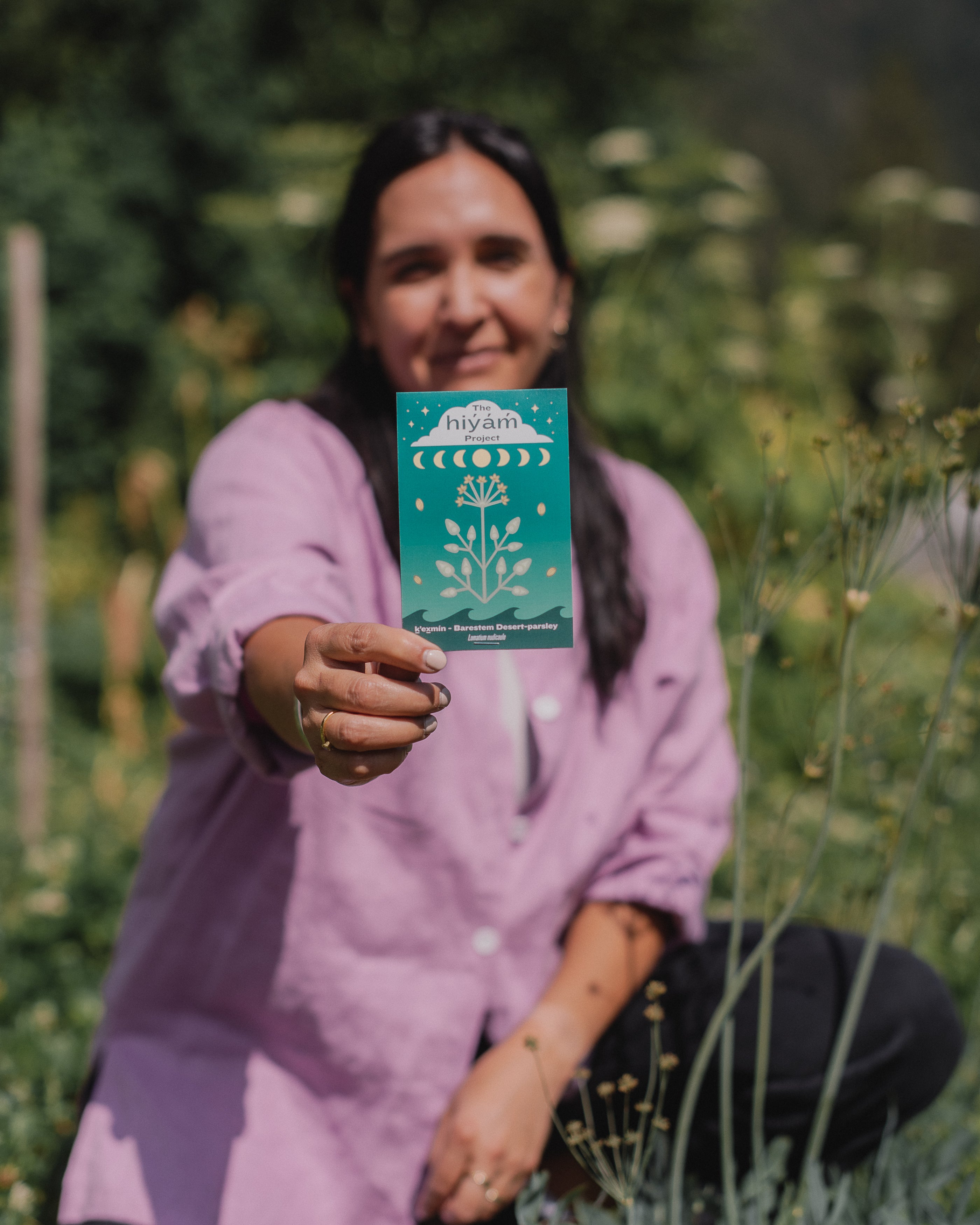
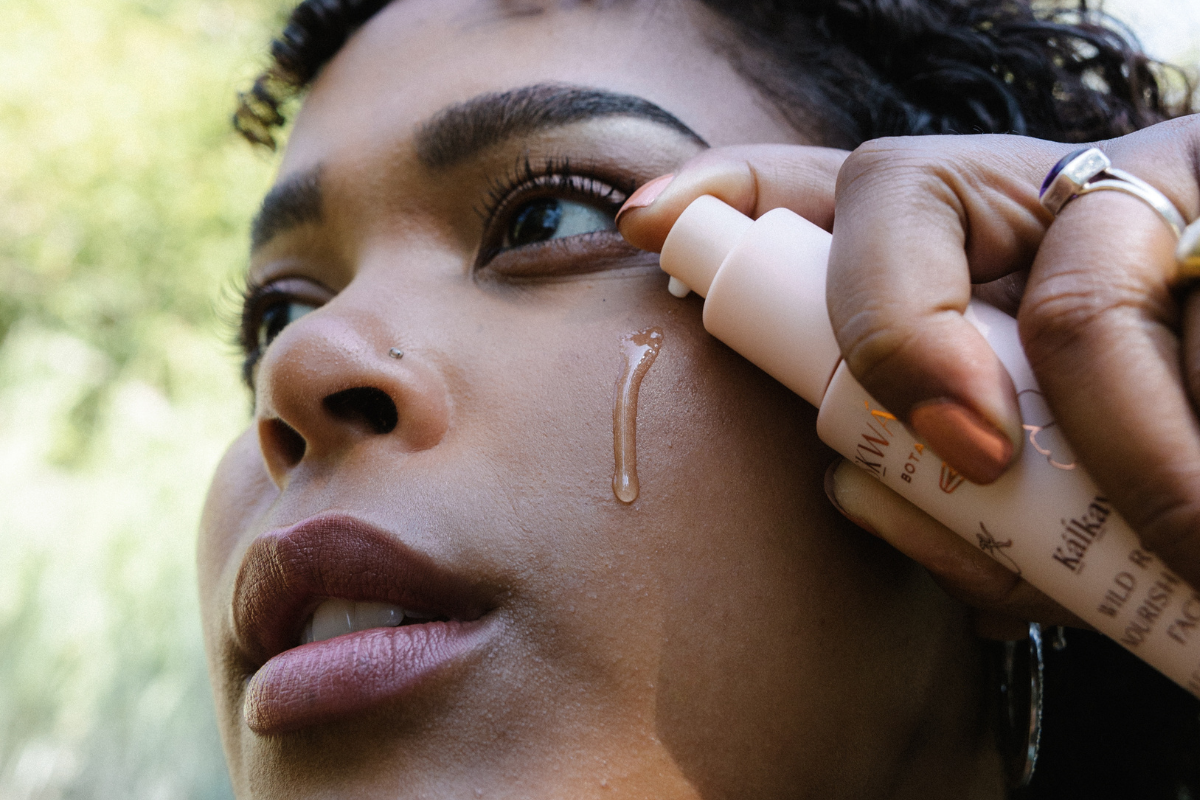

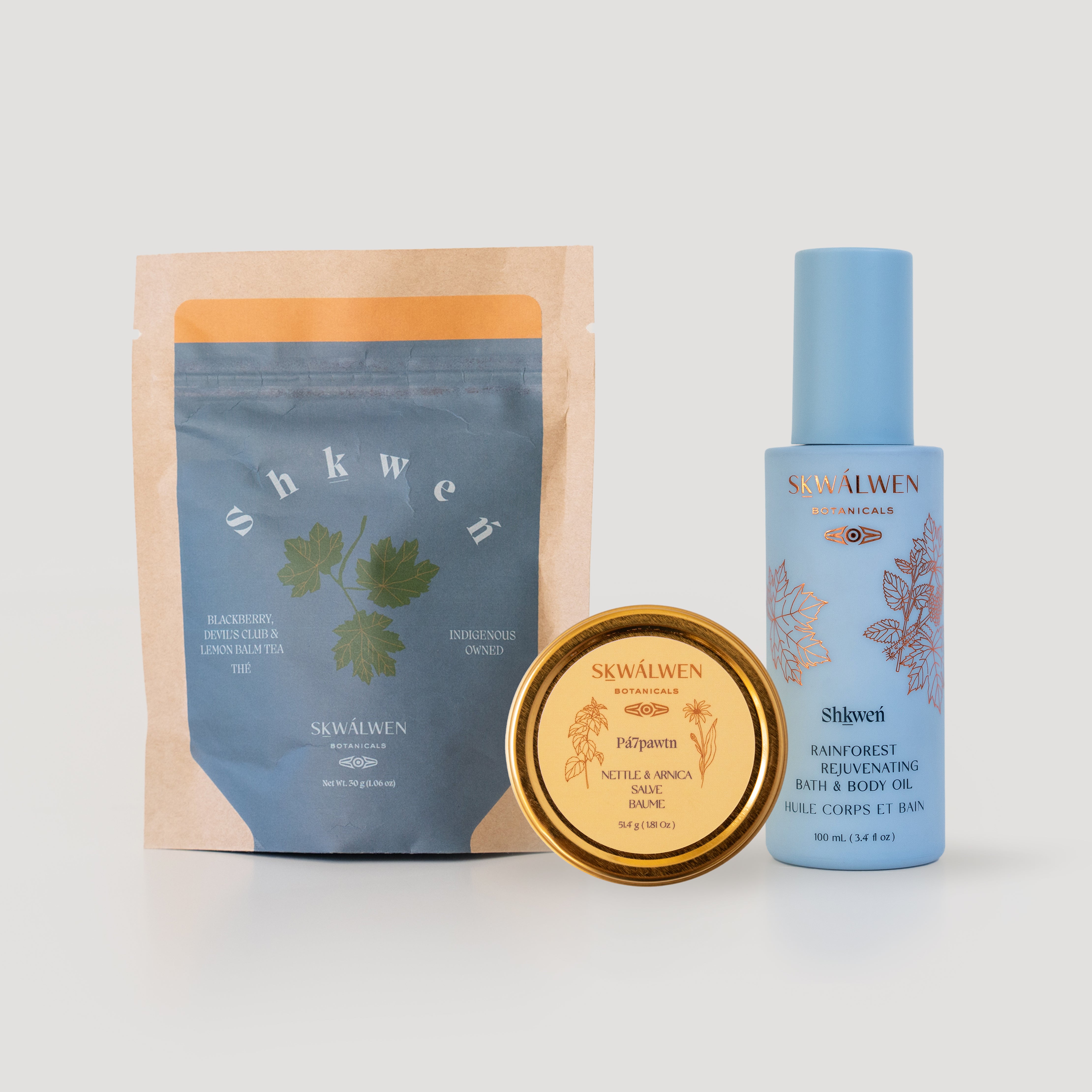
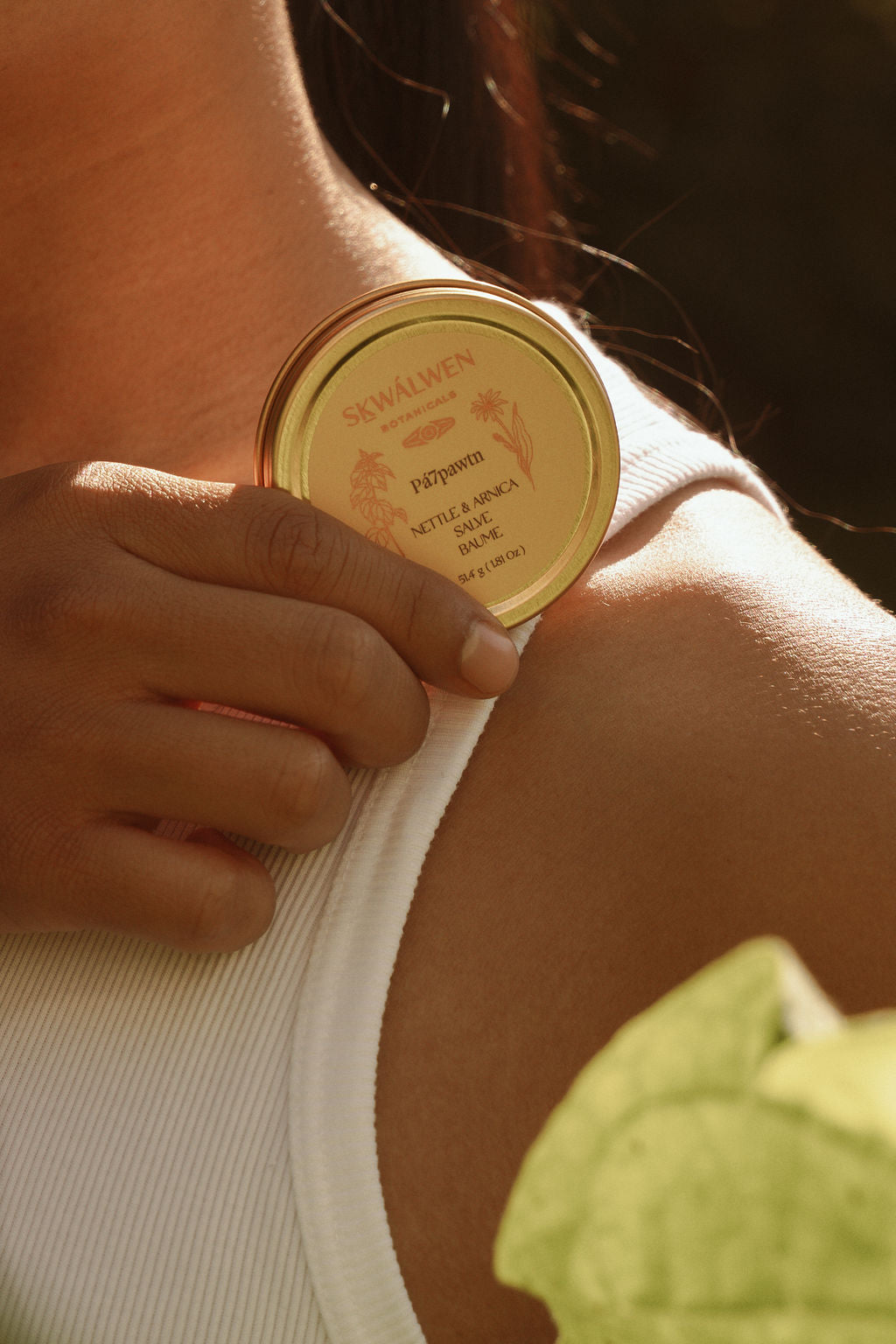


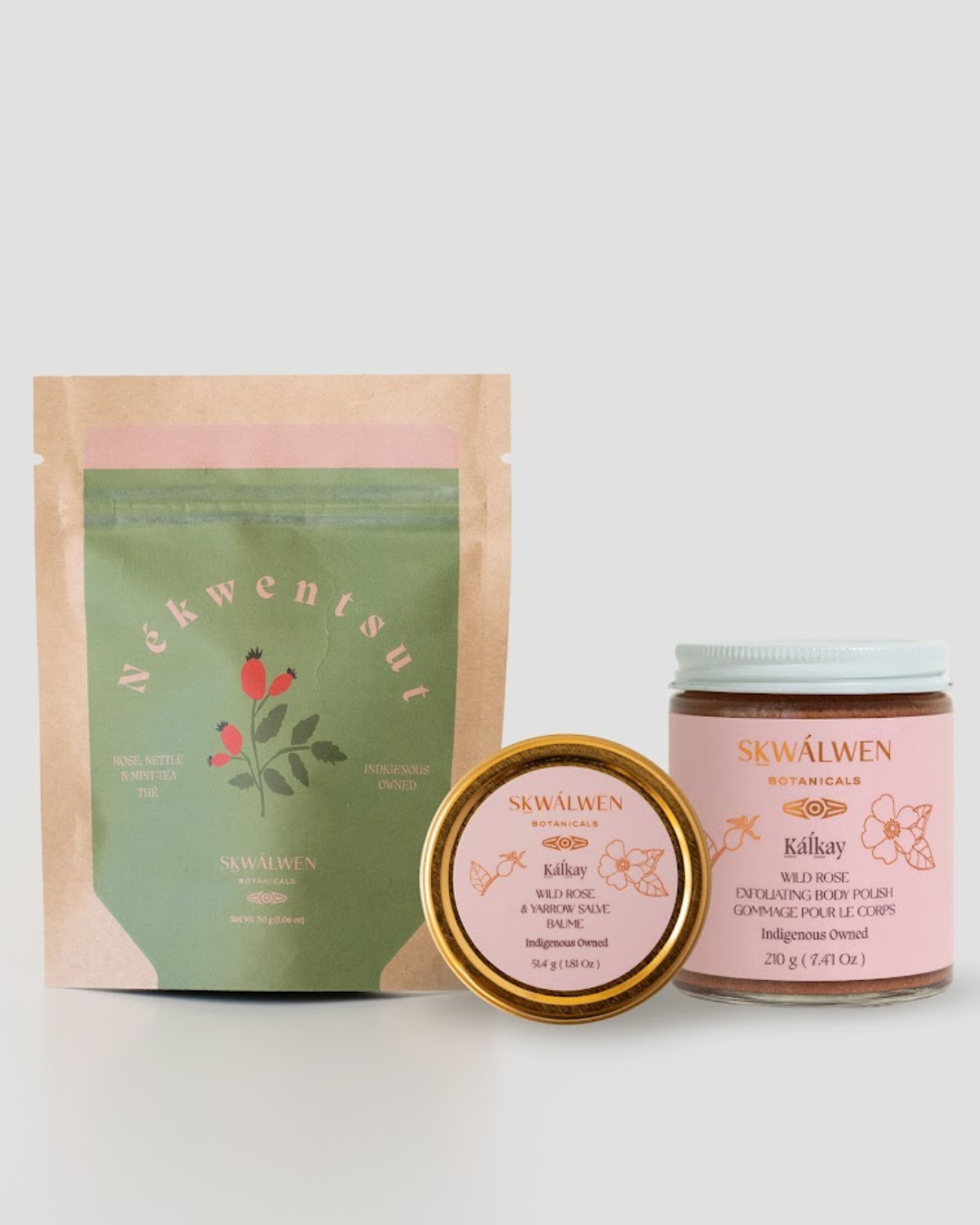
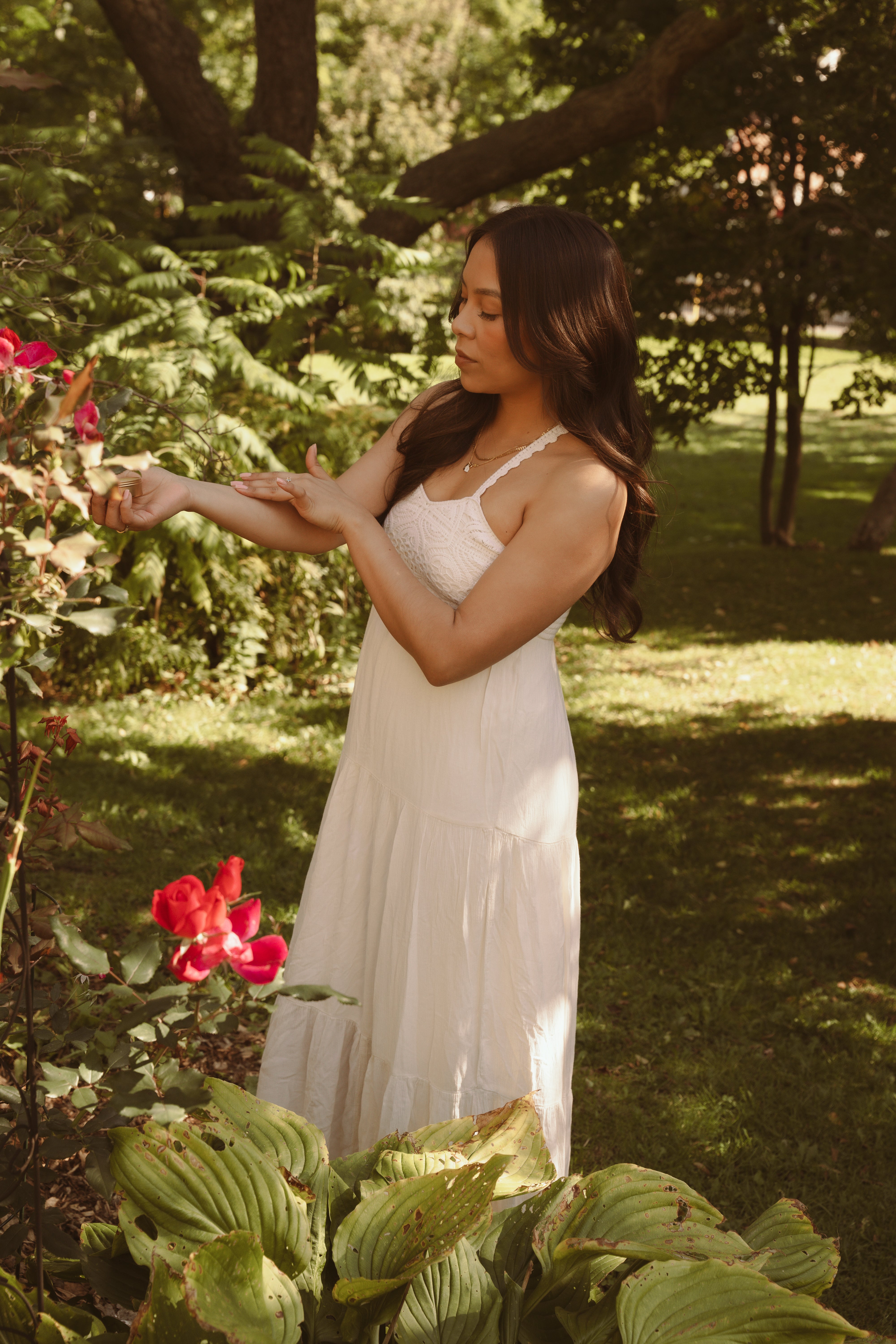
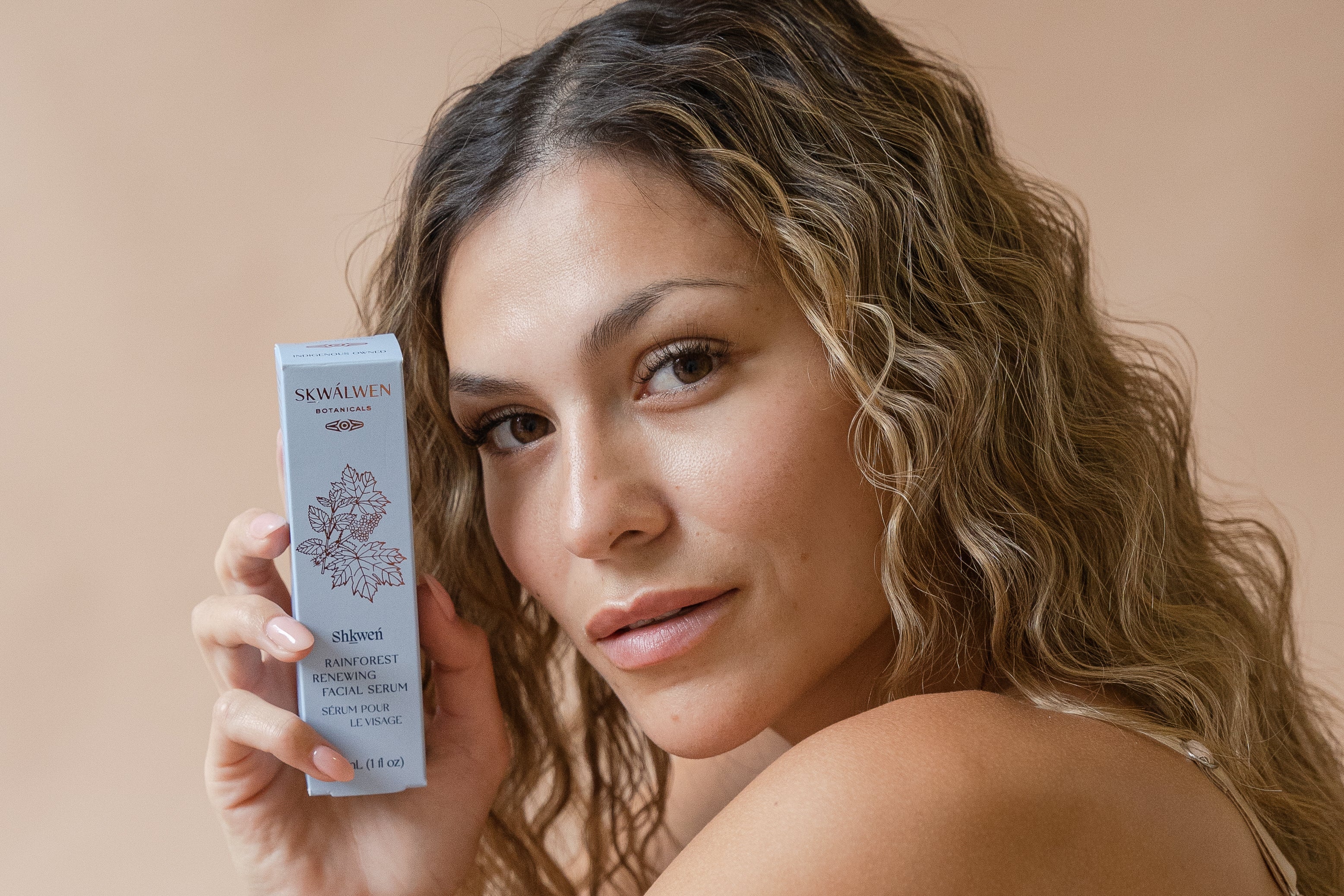

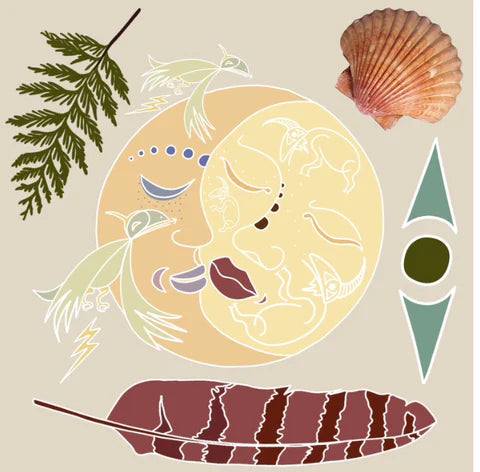
6 comments
What an amazing post Yususult. Thank you for your knowledge. Is it okay if I share this information with my class so that we can learn more about Coast Salish Weaving?
Vicky
I am a weaver and would like to learn how this weaving is done. Do you know of anyone who teaches Salish weaving skills?
Thank you.
Debora
I am a weaver and would like to learn how this weaving is done. Do you know of anyone who teaches Salish weaving skills?
Thank you.
Debora
Hi Emma ~ I am grateful to hear that you enjoyed the blog. I admire and respect the Musqueam weavers and their creations.
To my knowledge mountain goats have a double-layer coat consisting of a thick wool undercoat covered by hair. It has been shared with me that in the spring the goats shed their winter fleece by rubbing against bushes and rocks. People would make special trips to these areas to collect the fleece and hair or they would find while they were out gathering food. My brother, who is an archeologist, was in the interior of BC doing research. When he was out he came upon a clearing. He looked around at the evergreen trees that encircled the field and the trees were covered in mountain goat wool/hair. Hair and wool would be collected when a hunter would bring home a goat.
Mountain goats still live in the wild, I have heard that they live in the upper Squamish valley area called the Elaho. I have seen them in the rocky mountains of BC while on a trip to Calgary, and I understand that they are living in other areas of BC, Yukon, and Alberta.
I know stinging nettle fibres can be processed to create fabric similar to linen. Cedar can be processed as well to create clothing, like shawls and skirts.
Yususult ~ Rose Williams
A very grounding post- thank you ❤️ I am also fortunate enough to have family friends in some of the weavers of the Musqueam community and have greatly admired their work for years.
My questions are- how was the fur harvested/obtained from the goats and do these goats live in nature still? Also- what is the outcome when exclusively woven with plant matter? Thank you so much.
Emma
A very grounding post- thank you ❤️ I am also fortunate enough to have family friends in some of the weavers of the Musqueam community and have greatly admired their work for years.
My questions are- how was the fur harvested/obtained from the goats and do these goats live in nature still? Also- what is the outcome when exclusively woven with plant matter? Thank you so much.
Emma
Leave a comment
All comments are moderated before being published.
This site is protected by hCaptcha and the hCaptcha Privacy Policy and Terms of Service apply.